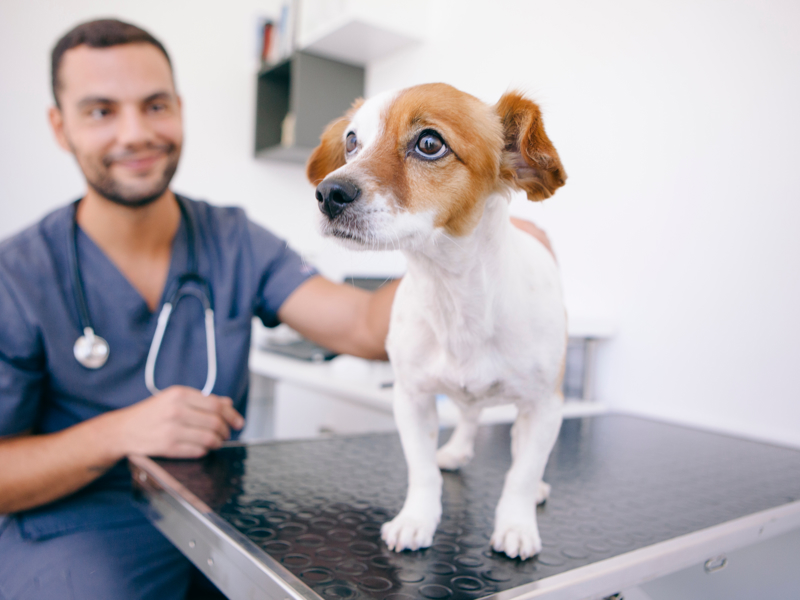Tackling antibiotic resistance in veterinary dermatology, a growing concern

Stock image of dog and veterinarian.
Antibiotic resistance poses a significant challenge in veterinary medicine, particularly in the treatment of skin infections. Professor Thierry Olivry reflects on a pivotal moment in his career: “In 2004, in the US, we began to see that common antibiotics, like cephalexin, were no longer effective against many skin infections in companion animals. Over the next decade, resistance rates soared, reaching 70% of patients with skin infections referred to my University Hospital.”
This alarming trend forced veterinarians to perform bacterial cultures on nearly every patient to identify effective treatments. “We had to rely on older antibiotics with significant side effects because newer ones were no longer working. It’s a stark reminder of the dangers of overusing antibiotics,” he says.
Europe vs. the US: A tale of two approaches
Professor Olivry highlights a stark contrast between Europe and the United States in managing antibiotic use. “In Europe, particularly in Scandinavia and the UK, regulations and education have significantly limited antibiotic use. This has helped curbing the development of antibiotic resistance. In the US, however, a more permissive approach has led to widespread resistance issues,” he explains.
Non-antibiotic solutions
To combat this crisis, Vimian is pioneering non-antibiotic solutions. “Nextmune’s key dermatology brands, ICF and Dermoscent, offer innovative antiseptic and natural topical treatments ,” says Professor Olivry. “These treatments are effective alternatives for managing skin infections without contributing to antibiotic resistance.” For example, Nextmune's Vetbiotek BioHex brand is specifically developed for antibiotic sparing. The product range contains micro silver and is a highly effective alternative to systemic antibiotics.
Expanding the range of antiseptic products is a priority. “Antiseptics can be highly effective, but overuse can also lead to resistance. Diversifying the portfolio ensures veterinarians have multiple options, reducing the risk of resistance,” he adds.
The path forward
Addressing antibiotic resistance requires a collective effort. “Regulation, education, and collaboration among veterinarians, national associations, and companies are crucial,” emphasizes Professor Olivry. “Mandatory bacterial cultures before prescribing antibiotics and restricting the use of potent human antibiotics to last-resort cases are essential steps.”
While the US lags behind Europe in implementing such measures, Professor Olivry remains hopeful. “With the right safeguards, we can mitigate the risk of resistance and ensure better outcomes for animals and their owners,” he concludes.
These insights underscore the urgency of addressing antibiotic resistance and highlight Vimian’s pivotal role in leading the way toward sustainable solutions.


